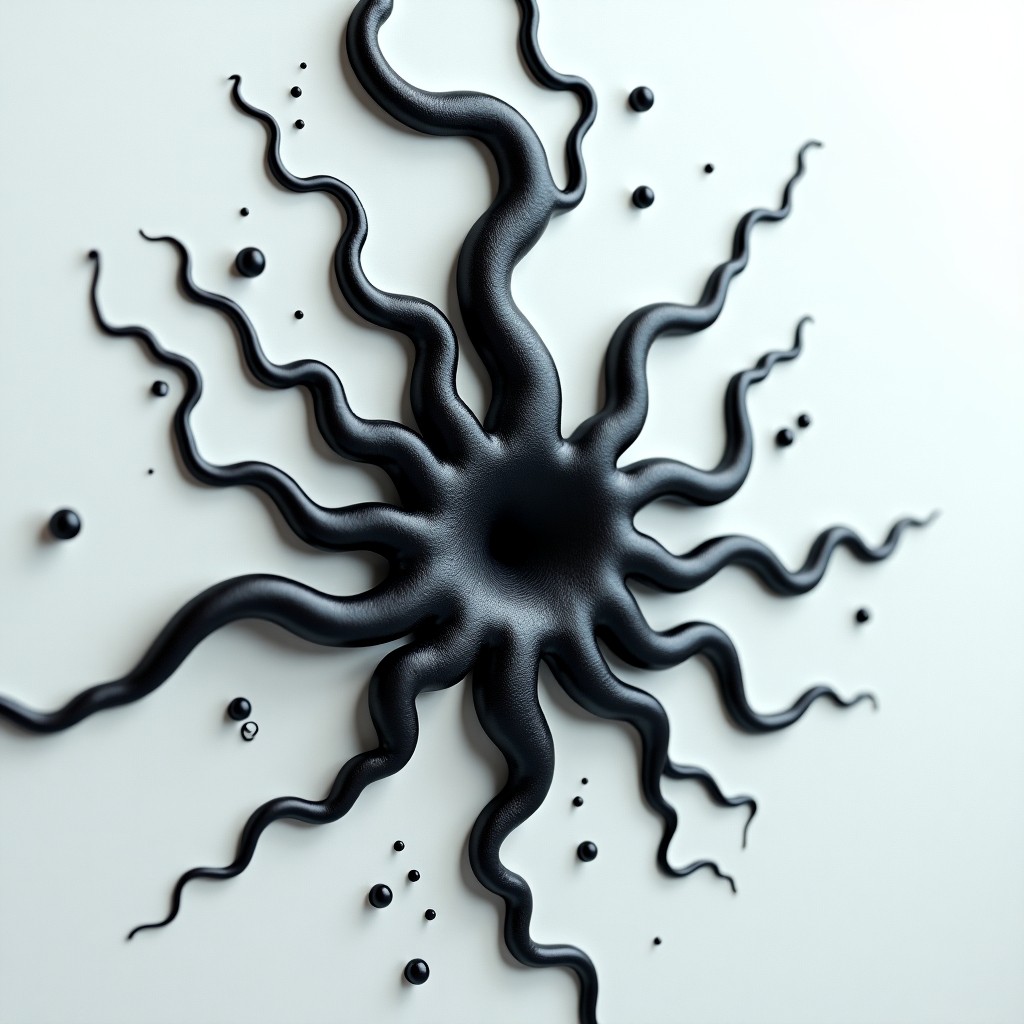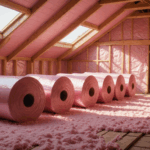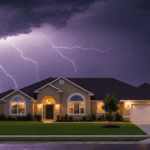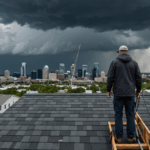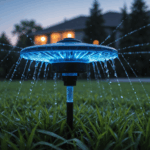Homeowners typically spend between $1,200 and $3,400 for professional mold remediation, with the national average hovering around $2,300 according to HomeAdvisor’s 2023 cost analysis. However, extensive infestations in larger homes can push costs up to $6,000 or more, while minor problems might be resolved for as little as $500.
Several crucial factors influence the final cost of mold removal services:
- Area size: Expect to pay $10-25 per square foot, with higher rates for difficult-to-access spaces
- Location: Bathroom infestations average $500-1,500, while basement mold removal typically ranges from $2,000-6,000
- Accessibility: Crawl spaces and HVAC systems can increase costs by 25-50% due to limited access
- Material affected: Porous materials like drywall require more extensive treatment or replacement
- Infestation severity: Surface-level mold costs significantly less than deep-structural infestations
Based on data from the National Association of Home Builders, labor costs typically account for 60-70% of total mold remediation expenses. This includes inspection, containment setup, removal, and post-remediation testing. Equipment and materials make up the remaining 30-40%, covering protective gear, air scrubbers, antimicrobial treatments, and disposal fees.
Geographic location significantly impacts home repair costs, with urban areas generally commanding higher rates. For instance, mold remediation in New York City averages 30-40% more than in suburban Midwest locations. The Environmental Protection Agency suggests that timing also matters – emergency services can increase costs by up to 50% compared to scheduled treatments.
Insurance coverage can substantially reduce out-of-pocket expenses, though policies typically only cover mold damage resulting from covered perils like burst pipes or storm damage. According to insurance industry statistics, approximately 30% of mold remediation projects receive some form of coverage, with an average claim value of $15,000.
Types of mold and their removal expenses
Different types of mold require varying approaches to remediation, directly impacting the overall cost of treatment. Black mold (Stachybotrys chartarum) removal typically ranges from $2,000 to $6,000 due to its toxic nature and the extensive safety protocols required. Professional remediation companies often charge premium rates for black mold due to the specialized equipment and protective gear needed.
Aspergillus, commonly found in air ducts and around windows, usually costs between $1,500 to $3,000 to remove. This type of mold remediation often involves HVAC system cleaning and may require replacement of contaminated materials. Penicillium, frequently occurring in water-damaged buildings, typically costs $1,800 to $4,000 to address, with costs varying based on the extent of water damage repair needed.
White mold species like Cladosporium can be less expensive to treat, with costs ranging from $1,000 to $2,500, as they often require less intensive containment measures. However, the presence of multiple mold species can significantly increase the cost analysis and complexity of the remediation process. According to industry experts, mixed-species infestations can raise costs by 40-60% compared to single-species treatments.
The home repair costs associated with specific mold types also depend on their growth patterns and preferred materials. For instance, removing mold from wooden structures might cost 30% more than treating surface mold on concrete due to wood’s porous nature and the potential need for structural repairs.
- Black mold remediation typically costs 50-75% more than other types due to health risks and safety requirements
- Surface-level white mold treatment averages 40% less than invasive black or green mold removal
- Mixed-species infestations can increase overall remediation costs by up to 60%
- Testing to identify specific mold types adds $200-600 to total costs but ensures appropriate treatment methods
Professional vs diy mold remediation costs
When deciding between professional and DIY mold remediation, homeowners often make costly mistakes that can lead to bigger problems. A thorough cost analysis reveals that while DIY approaches might seem cheaper initially, averaging $50-100 for basic cleaning supplies, they can result in expensive repairs if not done correctly.
For small areas under 10 square feet, DIY methods can be effective and cost-efficient. Basic supplies include:
– Protective gear (masks, gloves, goggles): $30-50
– Cleaning solutions and antimicrobial sprays: $20-40
– Plastic sheeting for containment: $10-20
– HEPA vacuum rental: $30-50 per day
However, many homeowners underestimate the scope of mold problems. The EPA cautions that attempting to handle larger infestations without professional expertise can lead to:
– Incomplete removal requiring professional intervention later
– Spread of mold spores to unaffected areas
– Health risks from improper protection
– Structural damage from incorrect remediation techniques
Professional mold remediation services typically include:
– Professional-grade equipment and containment systems
– Industry-standard cleaning protocols
– Proper disposal of contaminated materials
– Post-remediation testing and verification
Common DIY mistakes include:
– Using bleach on porous surfaces
– Failing to address underlying moisture issues
– Inadequate containment during cleaning
– Missing hidden mold behind walls or under flooring
A professional home repair assessment might seem expensive upfront, costing $200-400, but it can prevent thousands in future damage. Industry statistics show that failed DIY attempts often result in 30-50% higher eventual professional remediation costs due to expanded contamination.
For optimal results and cost-effectiveness:
– Always test patches larger than 3×3 feet professionally
– Invest in proper protective equipment even for small cleanups
– Document all mold issues for insurance purposes
– Address water problems before attempting any remediation
Hidden expenses and additional repair costs
Beyond the immediate costs of mold remediation, homeowners often encounter significant hidden expenses that can substantially impact their total financial investment. Water damage restoration frequently accompanies mold removal, adding $1,000 to $4,000 to the project cost. According to industry data, about 65% of mold remediation projects require some form of water damage repair.
Structural repairs represent another major hidden cost. After removing affected materials, homeowners might need to:
– Replace damaged drywall: $300-800 per wall
– Repair or replace insulation: $500-2,500
– Fix compromised wood framing: $1,000-5,000
– Restore damaged flooring: $800-3,000
Air quality testing and monitoring, essential for ensuring complete mold elimination, typically costs:
– Initial testing: $300-600
– Post-remediation verification: $200-400
– Long-term monitoring (if required): $100-200 per visit
Many homeowners overlook secondary expenses such as:
– Temporary relocation costs during extensive remediation: $100-200 per day
– Storage fees for furniture and belongings: $50-300 monthly
– HVAC system cleaning and sanitization: $450-1,000
– Replacement of contaminated personal items: varies significantly
A thorough cost analysis reveals that restoration work following mold remediation often accounts for 40-60% of the total project expense. Insurance coverage for these additional repairs varies widely, with many policies excluding secondary damage unless directly related to a covered peril.
To minimize unexpected costs:
– Request detailed estimates including potential additional repairs
– Document all damage thoroughly for insurance purposes
– Consider preventive measures during restoration
– Work with contractors who provide comprehensive project scopes
Remember that investing in proper repairs and addressing underlying issues now can prevent more costly problems in the future. Establishing a contingency budget of 20-25% above the initial estimate helps prepare for these hidden expenses and ensures a complete and lasting solution to your mold problem.
Prevention and long-term savings strategies
- How can I prevent mold from coming back after remediation?
- Maintain indoor humidity levels below 60% using dehumidifiers and proper ventilation. Fix any water leaks promptly and ensure good air circulation throughout your home, especially in bathrooms, basements, and crawl spaces.
- Is it worth investing in a professional mold inspection if I haven’t seen any mold?
- A professional mold inspection, costing between $200-500, can identify hidden problems before they become expensive issues. This preventive measure can save thousands in future mold remediation costs and protect your home’s structural integrity.
- How often should I have my HVAC system inspected to prevent mold growth?
- Schedule professional HVAC inspections annually, typically costing $300-500. Regular maintenance can prevent expensive mold problems in your ductwork and save up to 30% on future home repair costs.
- What are the most cost-effective waterproofing solutions for basements?
- Interior waterproofing sealants cost $500-1,000 and can effectively prevent mold growth in basements. For more severe cases, exterior waterproofing systems, while more expensive at $2,000-6,000, provide long-term protection and significant savings on future remediation.
- Should I upgrade my home’s ventilation system as a preventive measure?
- Installing proper ventilation systems, while initially costing $200-800, can reduce moisture levels and prevent mold growth. Cost analysis shows that this investment typically pays for itself within 2-3 years through avoided remediation expenses.
